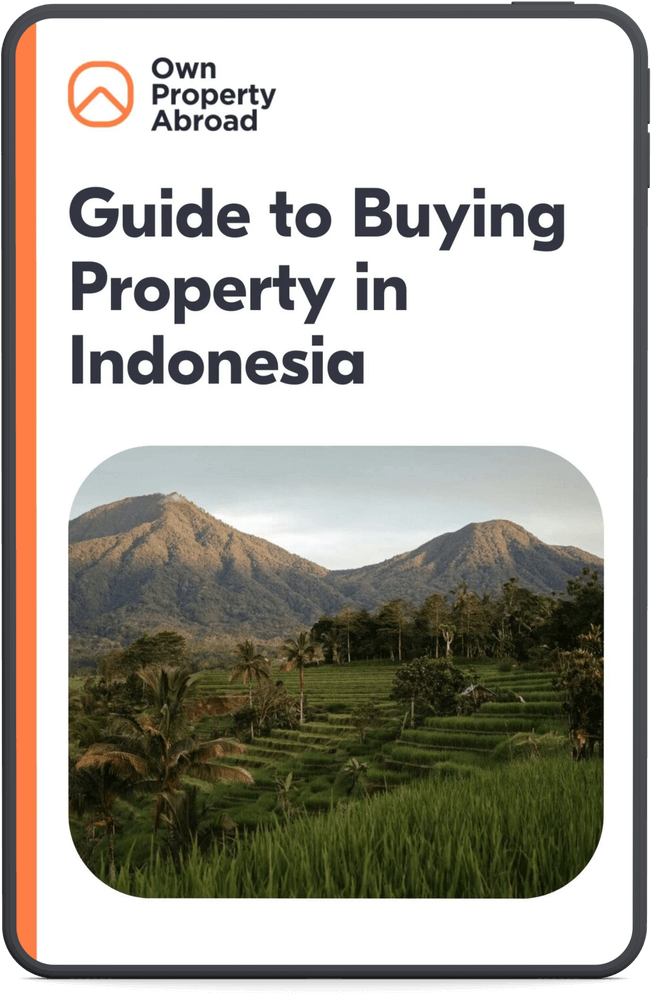Diverse growth across retail and F&B sectors in Jakarta
The retail industry is experiencing a resurgence across various sectors, with the Food and Beverage (F&B) sector leading the way. This growth is due to Jakarta’s changing consumer preferences and evolving urban lifestyle. Major retailers like AEON Store and sneaker retailers are expanding their presence in the city to capitalize on this trend. This expansion benefits the local economy and creates favorable opportunities for foreign investors looking to enter the Indonesian market.
The fact that a Chinese coffee shop chain has entered Jakarta’s already saturated market strongly indicates confidence in the city’s retail sector. This move highlights the market’s vast potential and shows room for growth and innovation despite the existing competition. It is an encouraging sign for foreign investors and property owners, who should see this as a positive indication of a dynamic and adaptable market.
Future outlook: Balancing expansion and supply
Although the current situation looks promising, the expected completion of new mall constructions by the end of 2023 may pose a temporary challenge. The influx of new supply could lead to a dip in occupancy rates. However, this should be viewed as a short-term fluctuation rather than a long-term trend. The commitment of tenants to these new spaces suggests that any decline in occupancy rates is likely to be followed by a rebound.
In the Greater Jakarta area, the current trend shows a stable occupancy rate of around 70.4%, indicating growth potential. However, the high supply of real estate properties expected to be available by the end of the year could temporarily impact occupancy levels. Despite this, the long-term outlook for the area remains positive. This situation presents a balanced mix of risk and opportunity for foreign investors. While the market shows signs of healthy growth, the impending supply increase should be considered when devising investment strategies.
In conclusion, Jakarta’s retail sector is on an upward trajectory, marked by growing occupancy rates and sectoral expansion. This period signifies a time of potential and prudence for property owners and foreign investors as the market evolves to accommodate new trends and challenges.







